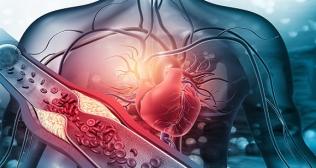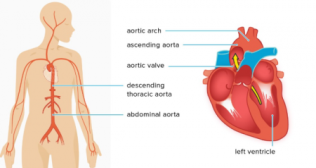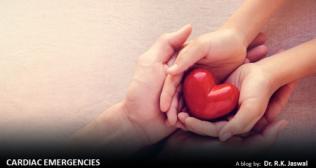
Upper Respiratory Infections: Common Causes, Symptoms and Care Strategies
The respiratory system is a vast network of millions of airways, spreading like branches of a tree into the lungs. With each breath, air sucked in through the nose or mouth rushes down the windpipe (or trachea). This carries air to a fork deep inside the chest, where the airways divide in two. One of the branches, or bronchi, leads to the left lung, while the other leads to the right. Air comes in when the lungs expand and is pushed out when they shrink back. When this respiratory system, which is responsible for breathing, is infected, many conditions and disorders arise, affecting breathing patterns and other respiratory functions.
What is upper respiratory infection?
The body’s respiratory system, which is in charge of breathing, is impacted by a respiratory tract infection. The throat, lungs, sinus and airways are impacted by these infections. Respiratory infections come in two divisions based on the location of infections:
- Upper respiratory tract infections: The infections that occur in the upper part of the respiratory system, like the throat, nose or sinus, are referred to as upper respiratory infections.
- Lower respiratory tract infections: The infections that occur in the lower part of the respiratory system, like trachea, bronchus, alveoli or lungs, are termed lower respiratory infections.
Conditions of the upper respiratory system
Upper respiratory infections result in many different conditions and disorders. Let’s look into some of the common upper respiratory infections:
- Common cold: A common cold is a contagious condition that causes upper respiratory infections affecting the nose, throat, sinuses and trachea. It is usually caused by viruses, such as rhinovirus.
- Early stage: It causes a tickle in your throat and sore throat along with sneezing, runny nose, stuffy nose and cough.
- Active stage: Here, the symptoms worsen, such as headaches, body aches, runny nose and eyes and fever.
- Late stage: It is the final stage, wherein you will be free and clear as the cold begins to wind down. But, sometimes, it results in a nagging cough that lasts up to 2–3 months after the infection.
- Epiglottitis: It is an inflammation of the epiglottis, which is a thin flap of cartilage near the base of the tongue that prevents food and liquid from entering the trachea. This condition causes swelling and irritation in the epiglottis. The symptoms usually appear suddenly and get worse quickly. It results in sore throat, difficulty and pain in swallowing, abnormal breathing noises, irritability, restlessness, drooling, muffled voice and fever.
- Laryngitis: It refers to an inflammation of the larynx. It is caused when the vocal cords are infected and irritated.
- Sinusitis: It is an inflammation of the sinus. It causes irritation, swelling and infection of the sinus, resulting in nasal blockages, headaches, difficulty breathing, dizziness and facial tightness.
- Pharyngitis: It refers to a sore throat that causes throat infections, irritation, tonsils, swelling and difficulty swallowing and breathing.
Common symptoms of upper respiratory infections
The common symptoms of respiratory infections are:
- Runny nose
- Headache
- Breathing difficulty
- Chest pain
- Wheezing
- Nasal blockages
- Dizziness
- Tiredness
- Loss of smell and taste
- Fever
- Chills
- Redness in eyes, nose and face
- Nasal irritation
- Sore throat
- Difficulty swallowing
How can upper respiratory infections be treated?
Medications: Quick-relief inhalers, also called bronchodilators, are used to quickly open the airways, which limits the breath and helps with easy breathing.
- Corticosteroids
- Leukotriene modifiers
- Combination Inhalers
- Anticholinergic agents
- Allergy shots/immunotherapy
Topical medications: Sore throats can be cured with topical medications like gels and ointments, which are applied to the affected area.
Antiviral medications: They can also be cured with antiviral medications, which fight and destroy viral attacks and reduce infections.
Conclusion
To conclude, upper respiratory infections are bacterial or viral infections and inflammations of the upper part of the respiratory system. It causes many symptoms, like runny nose, headache, breathing difficulty, sore throat and many more. It can be easily treated with antibacterial and antiviral medications along with pain relievers, nasal sprays and many more.



















